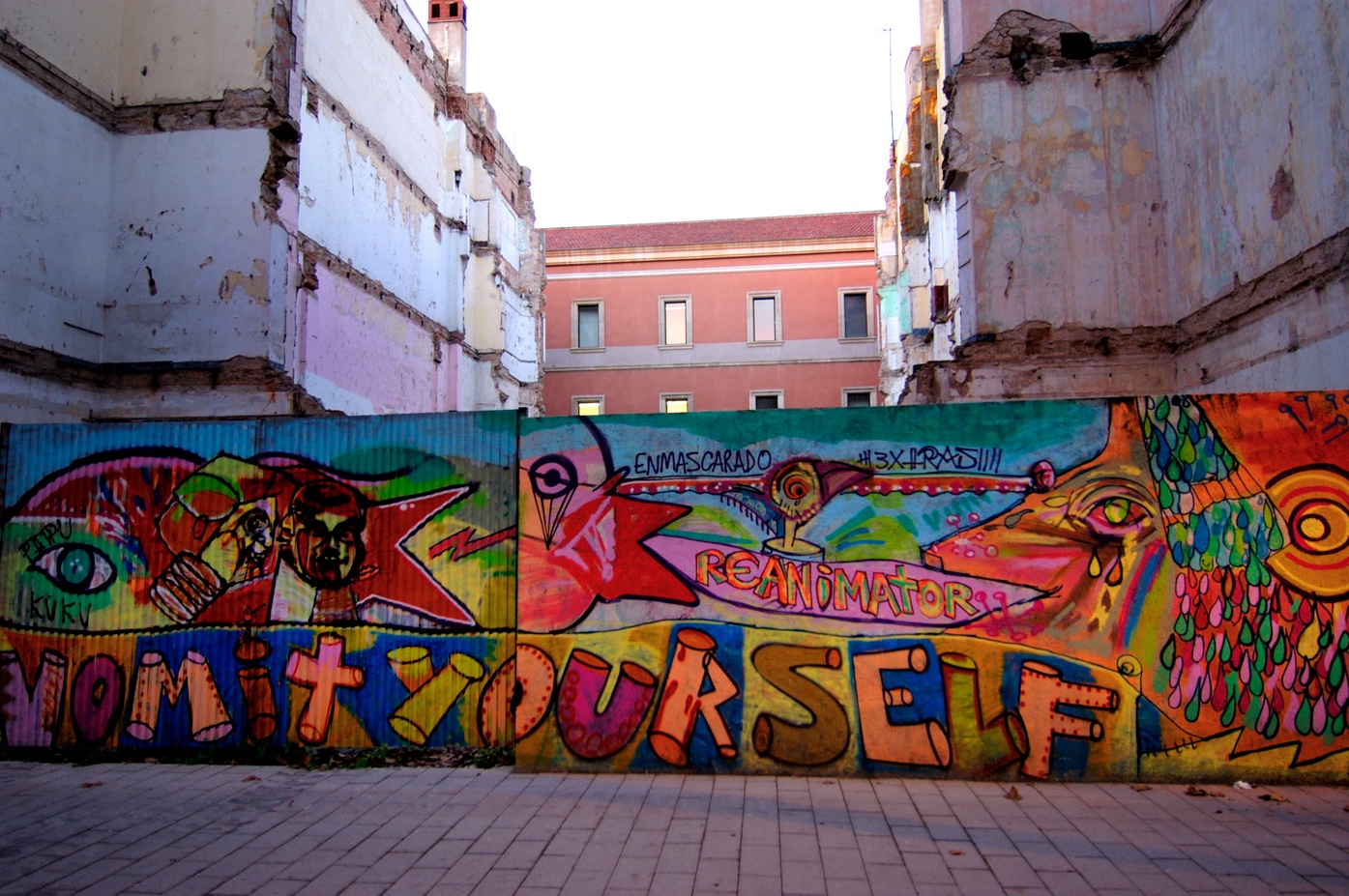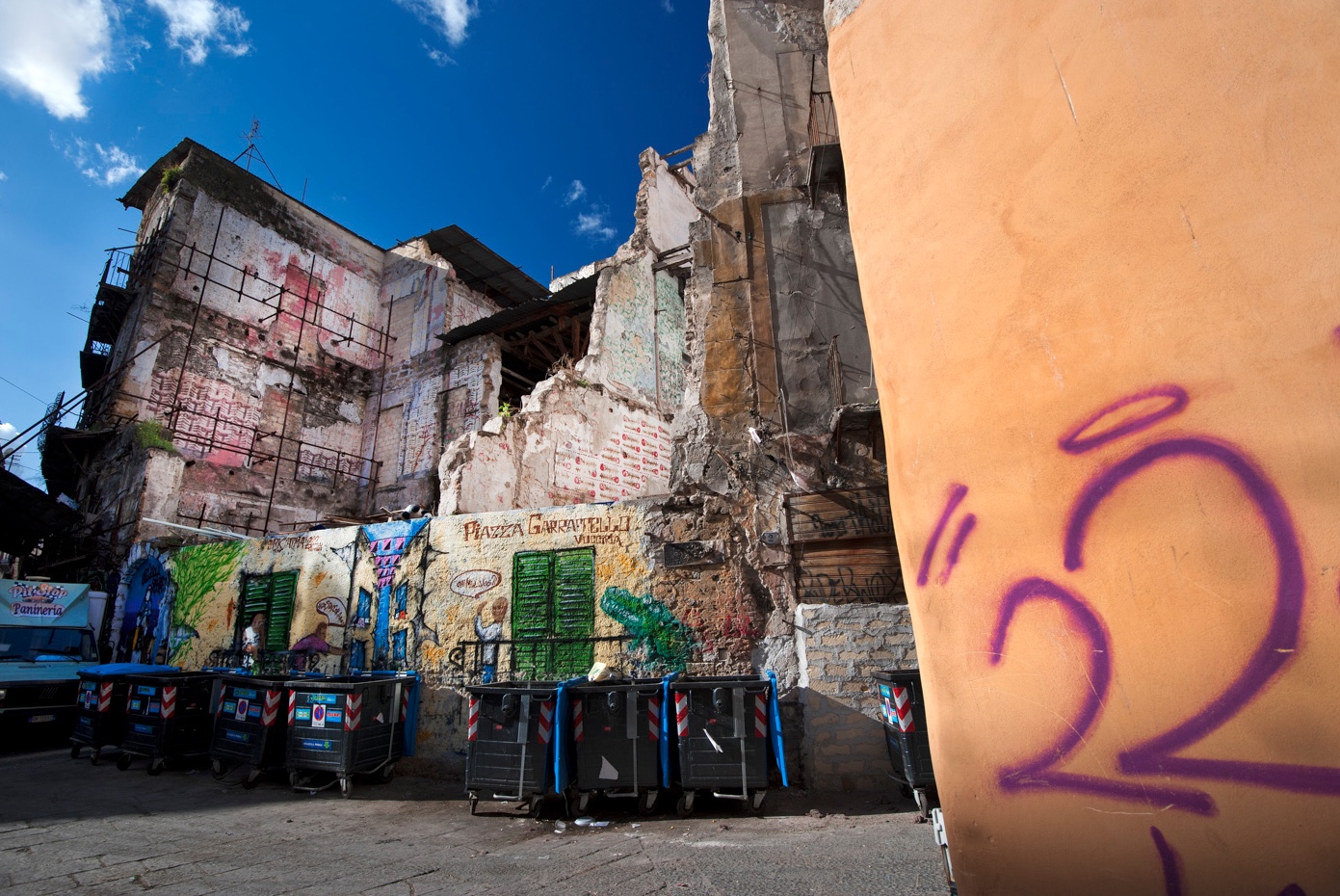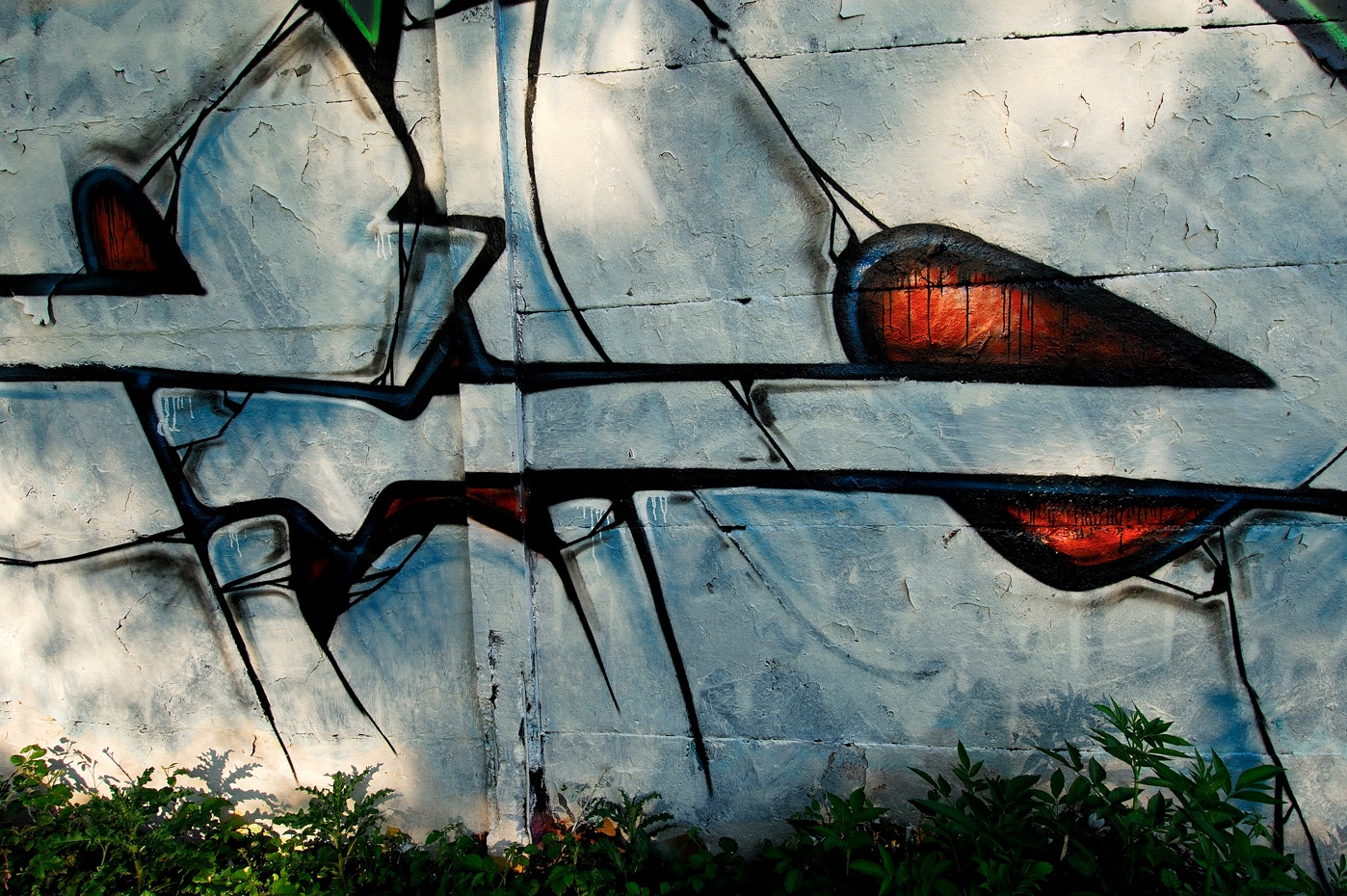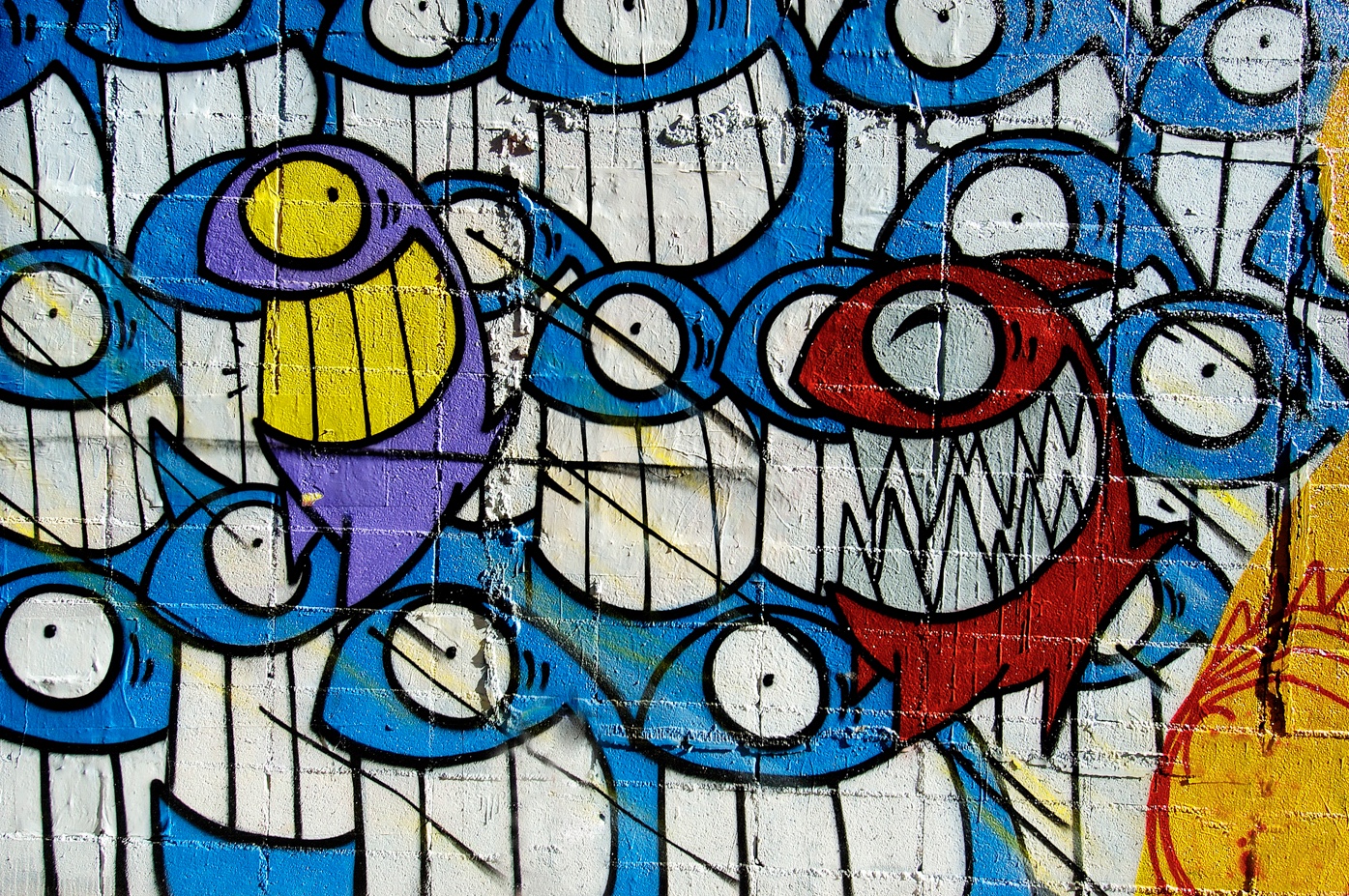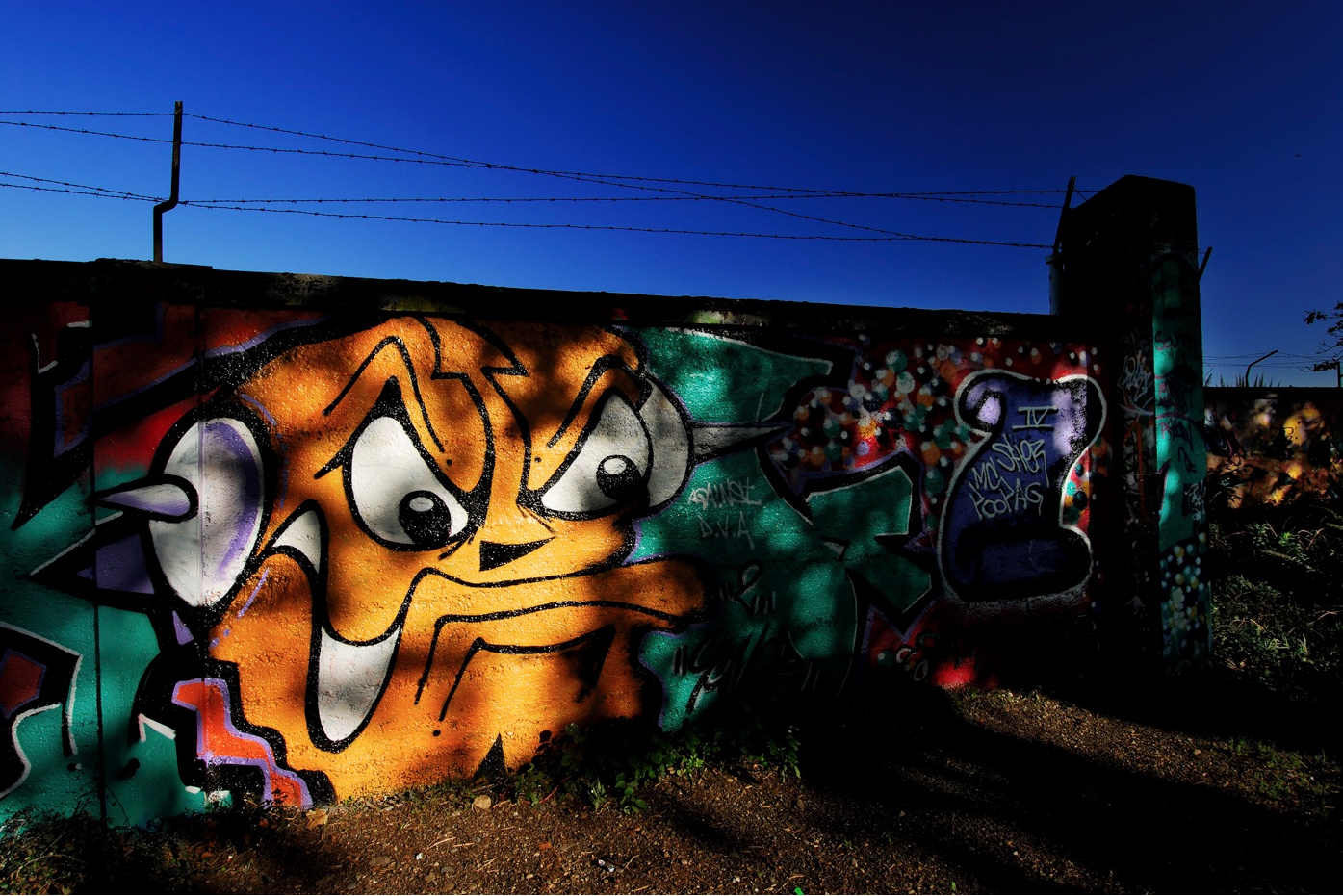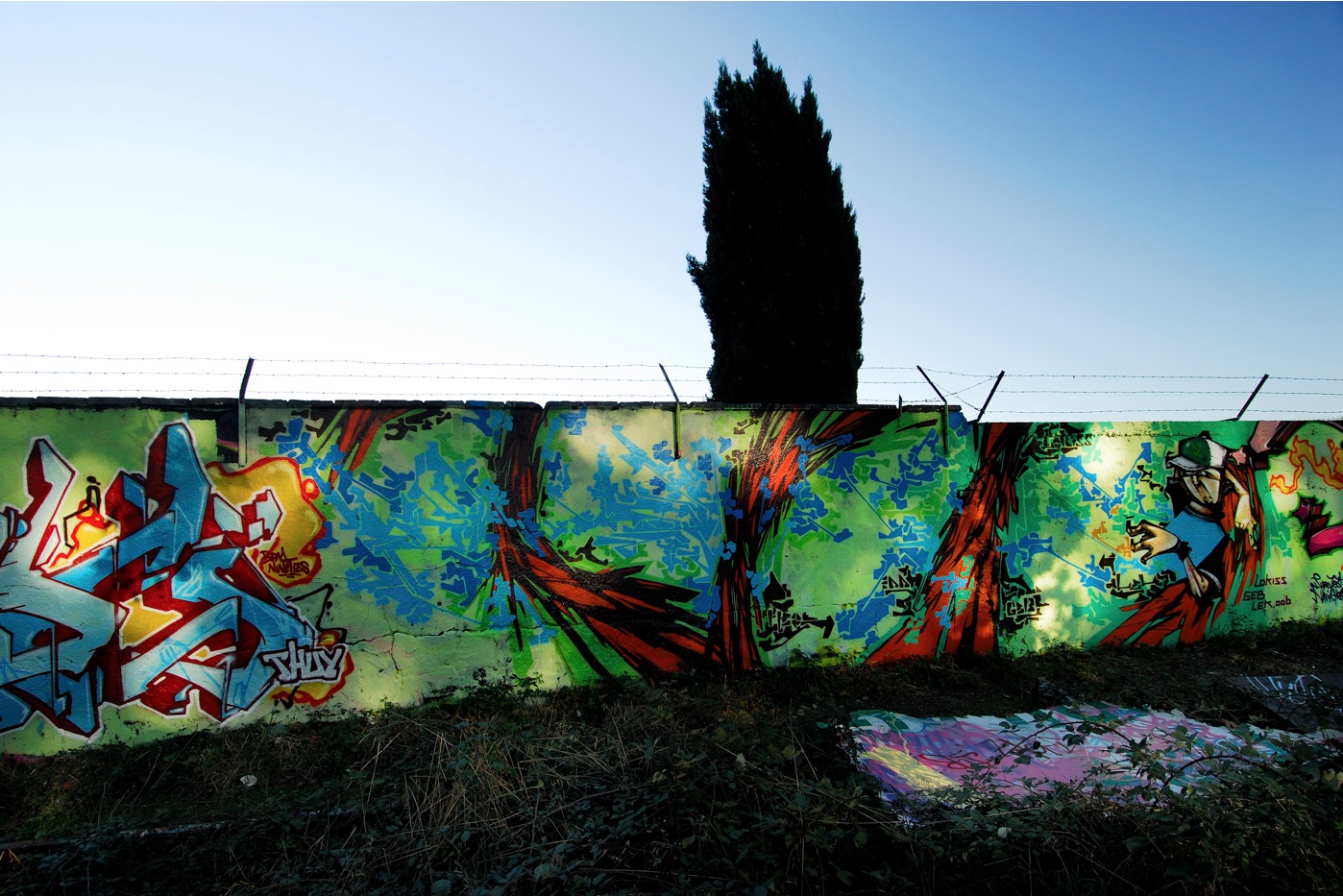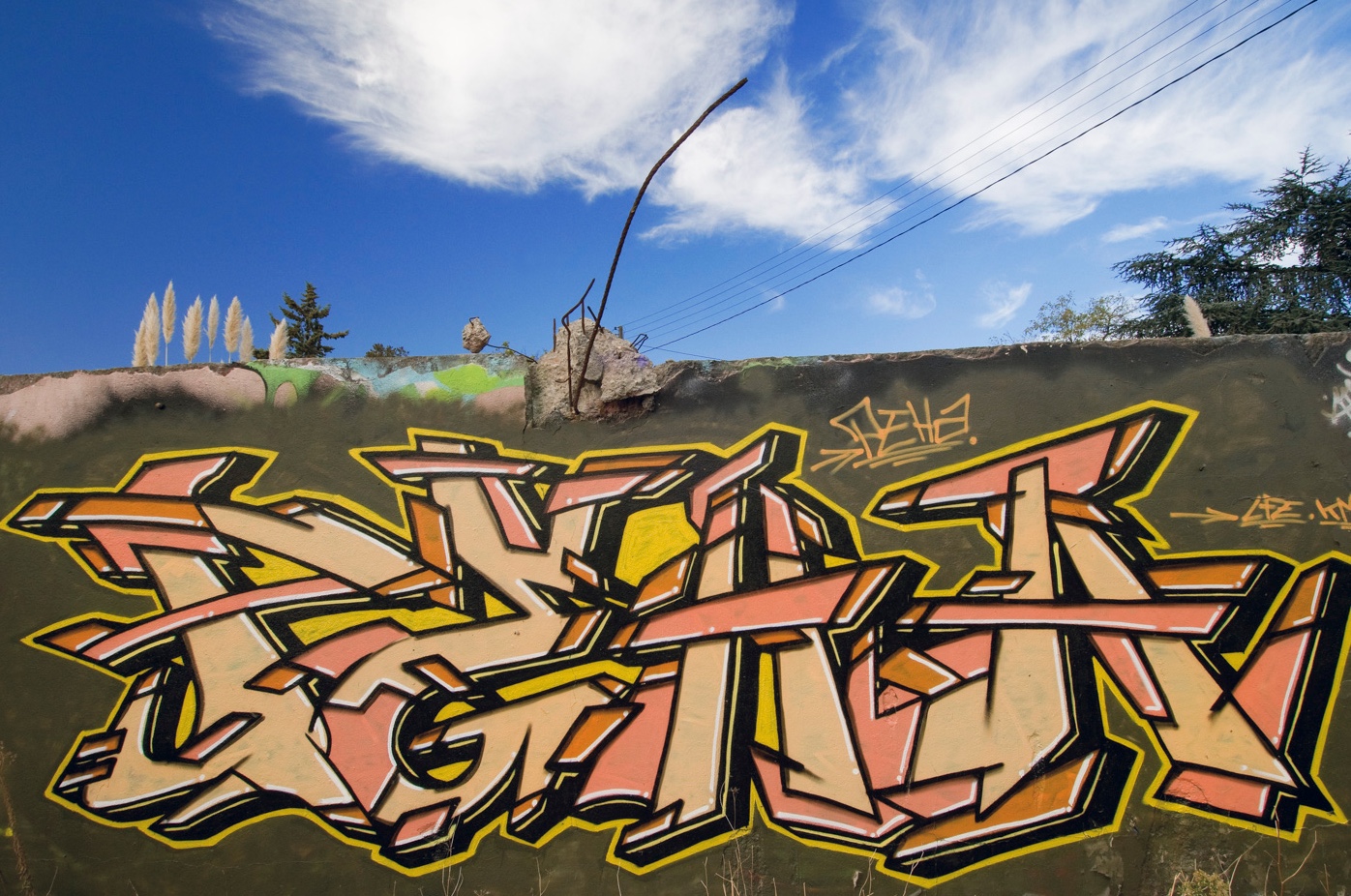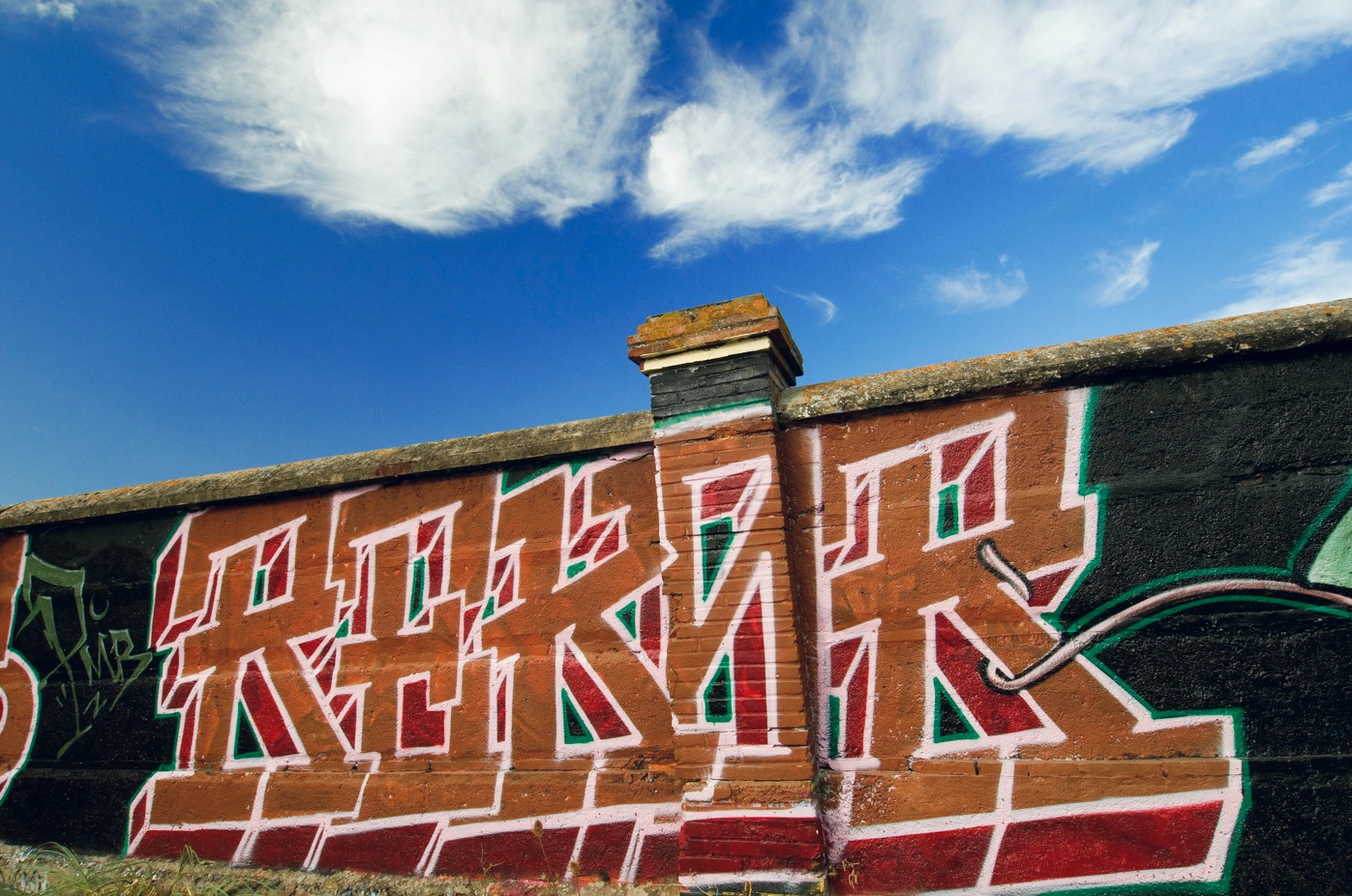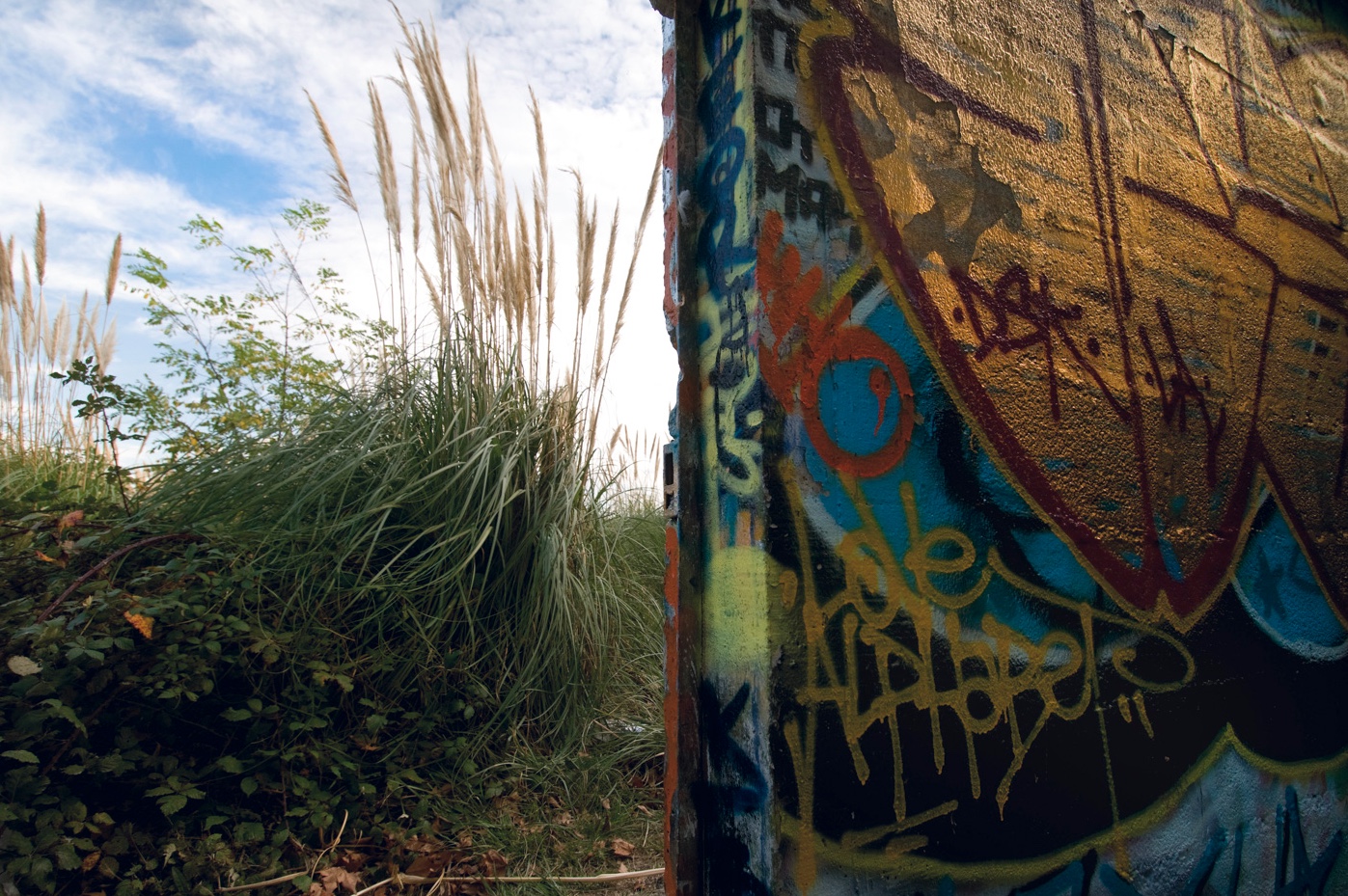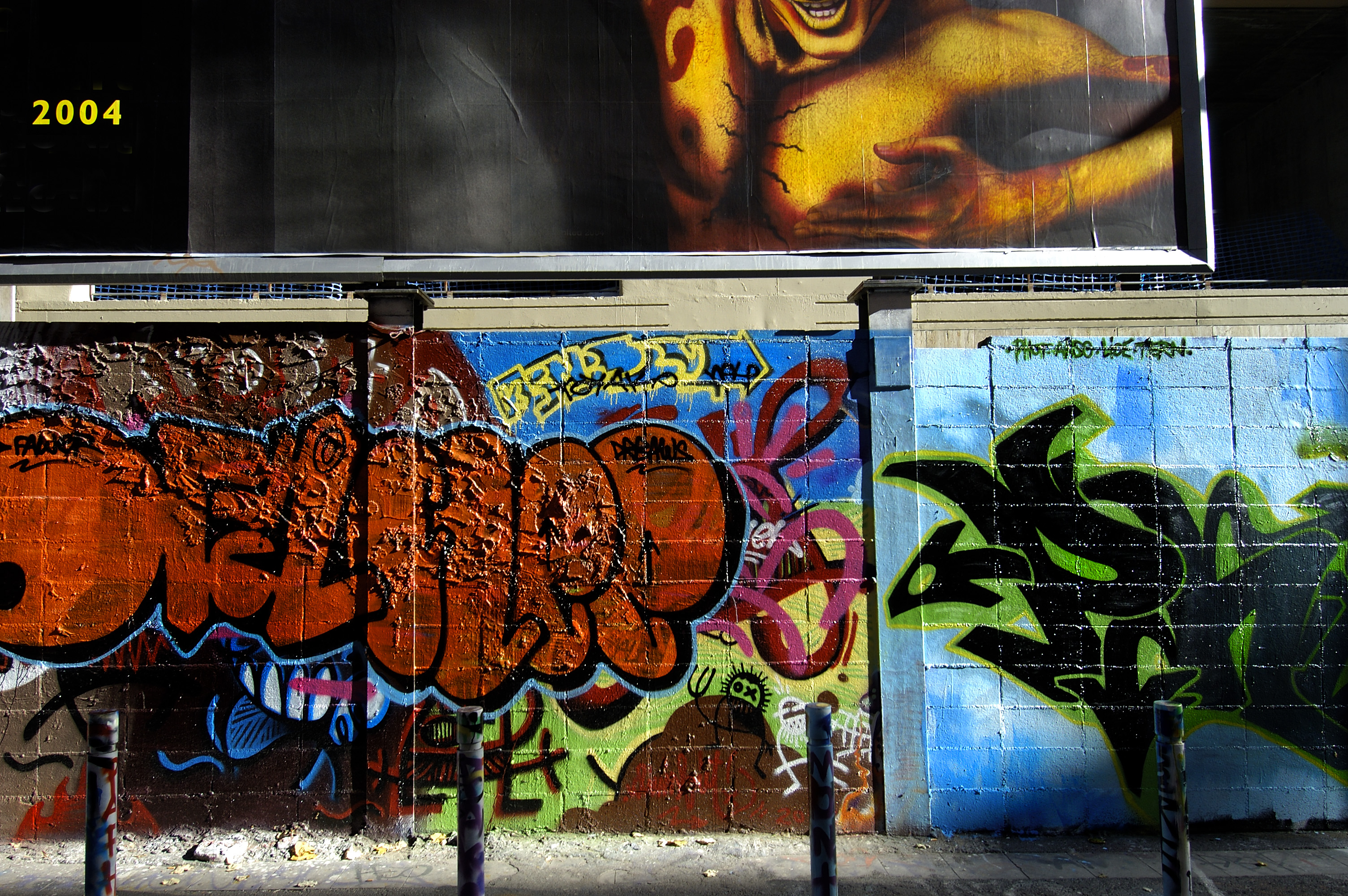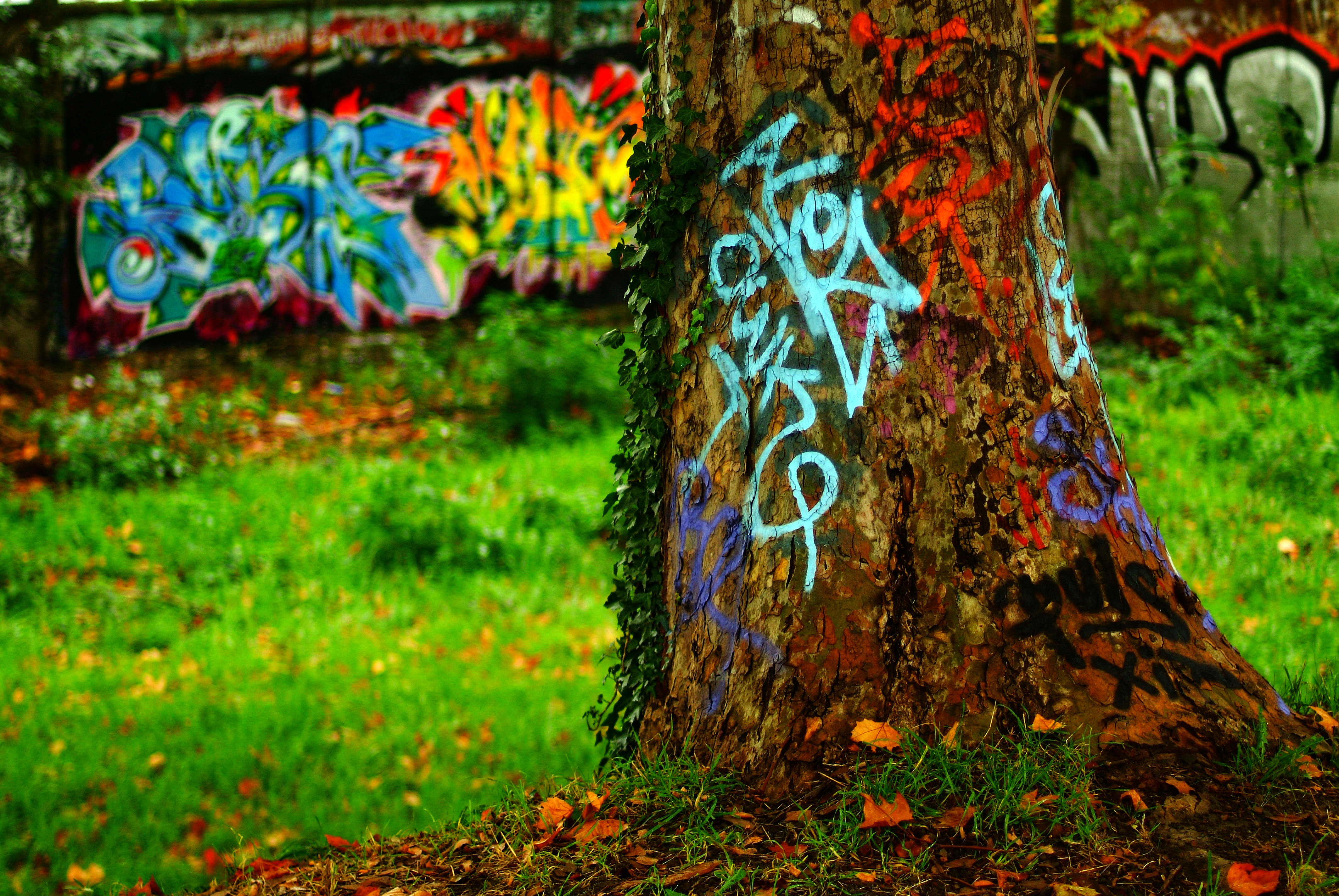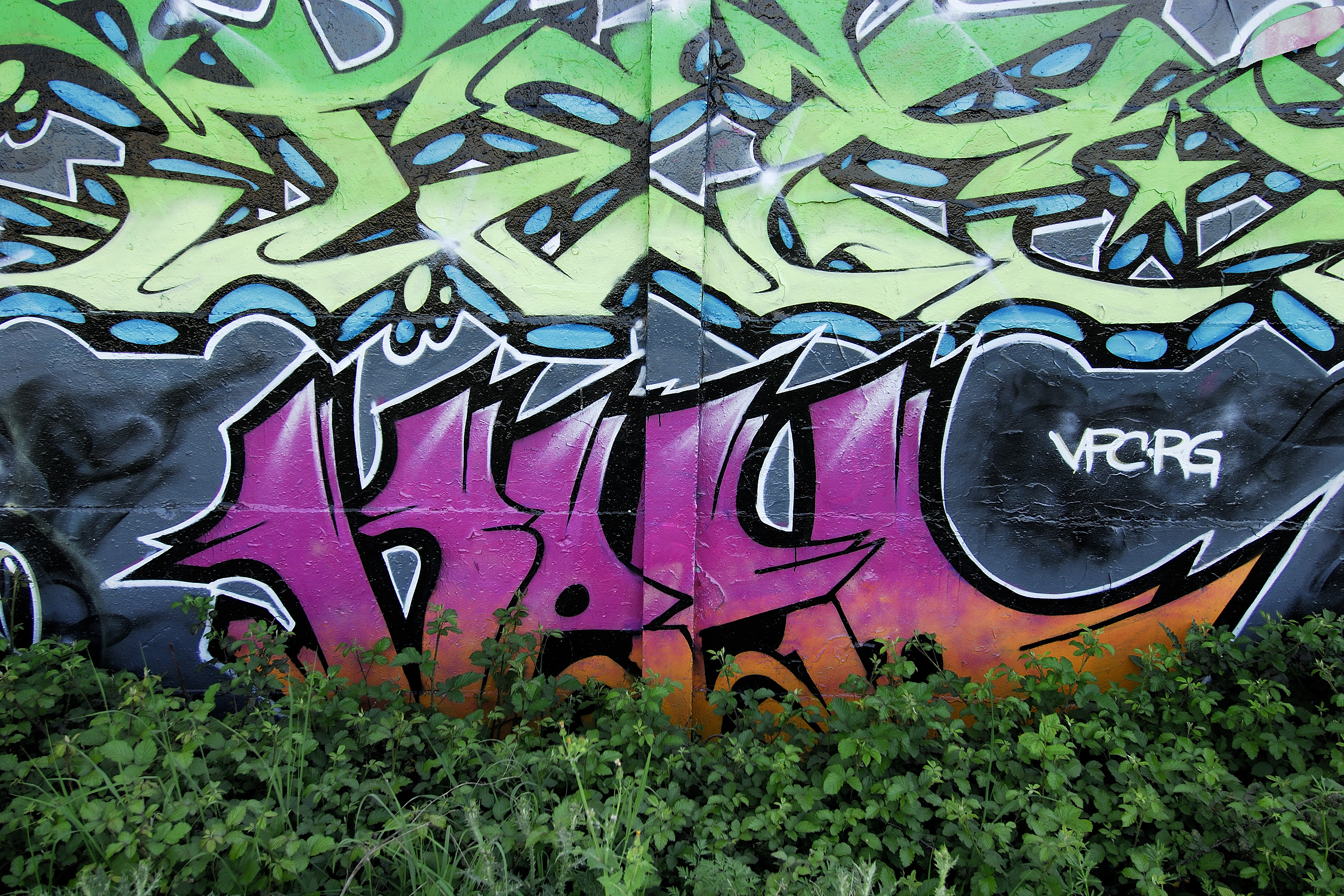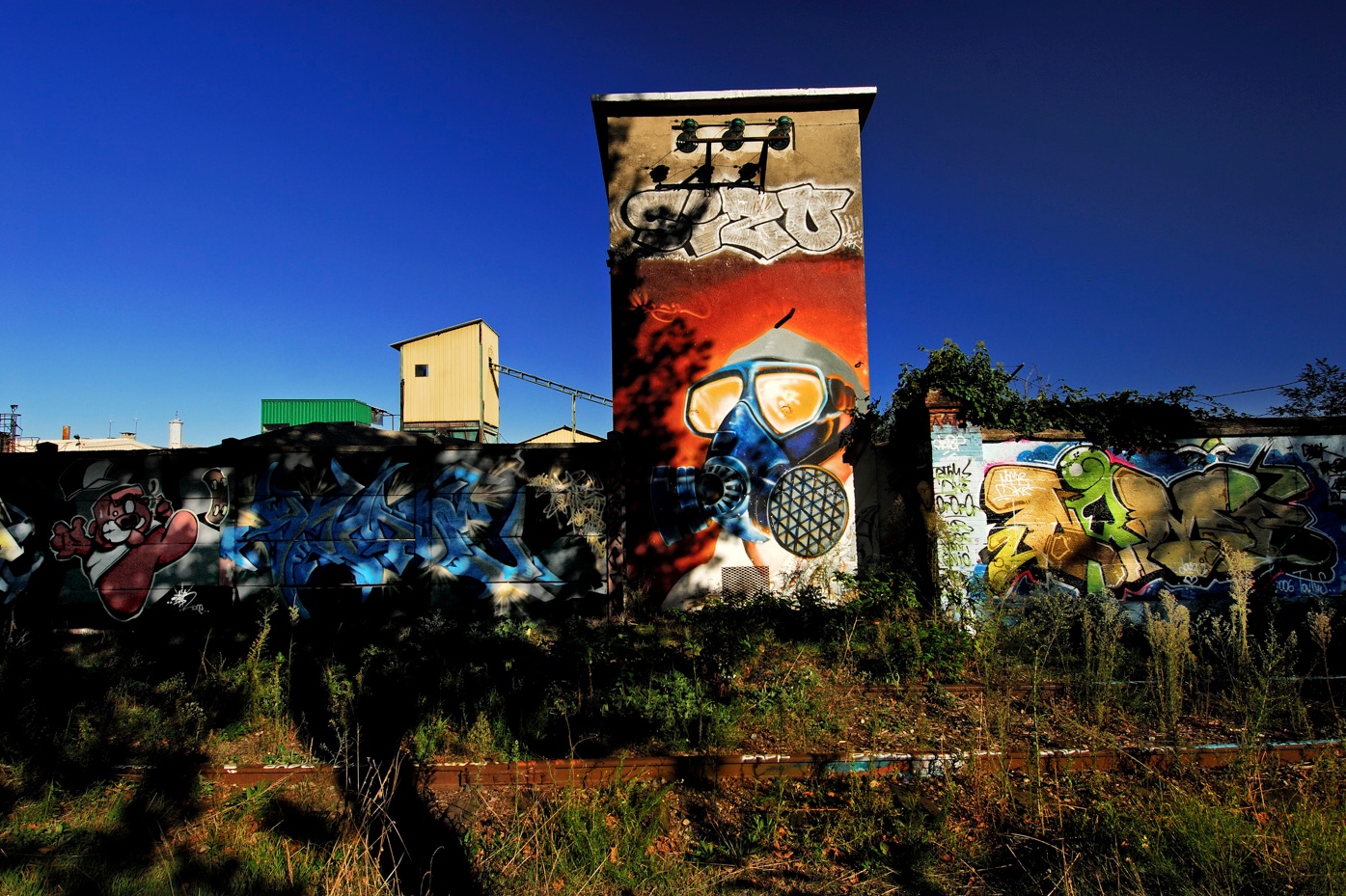
Graffiti and tags dot the visual universe of our big cities.
Complex and elaborate form of art, or simple signature, from a graffiti artist or a group of artists to which he adheres, they convey a political message, a claim, a revolt, a fact of society; they reflect our society in all its diversity.
Graffiti is a practice observable since antiquity linked to popular cursive inscriptions. But in the 1970s in the United States, then in the 1980s in Europe, the practice of graffiti took on another dimension. It fits into the western urban setting. The graffiti artists integrate a particular technique, the spray paint, which allows artists to cover large surfaces, thus giving rise to real frescoes. Signatures or gigantic letters, polychrome words or fictional characters, graffiti is reborn today in various forms. The spray paint has become the absolute weapon of silent assertion or artistic expression. Whether it takes the form of a tag or a graff, this activity is a challenge in many respects. Indeed, it challenges both the passer-by in his anonymity, the public authorities in their authority, the artist in his competence. (Encyclopaedia Universalis)
A form of expression sometimes relegated to the rank of insignificant scribbles, sometimes elevated to the status of an art work the phenomenon is complex. Graffiti is located at the border between several disciplines. The practice of graffiti indeed incorporates elements of calligraphy. The tag is a work on a set of letters. It is a perpetual search for harmonious lines and curves, often traced in a rapid and precise movement. It is also a work on the language. The specificity of graffiti and tags is to display words. It's about playing with the language, often coding and diverting it. Like rappers, graffiti artists invent their own language. Finally, it is a work that can be associated with painting: the graffiti is a fresco worked, on several square meters, using a particular technique, the bomb.
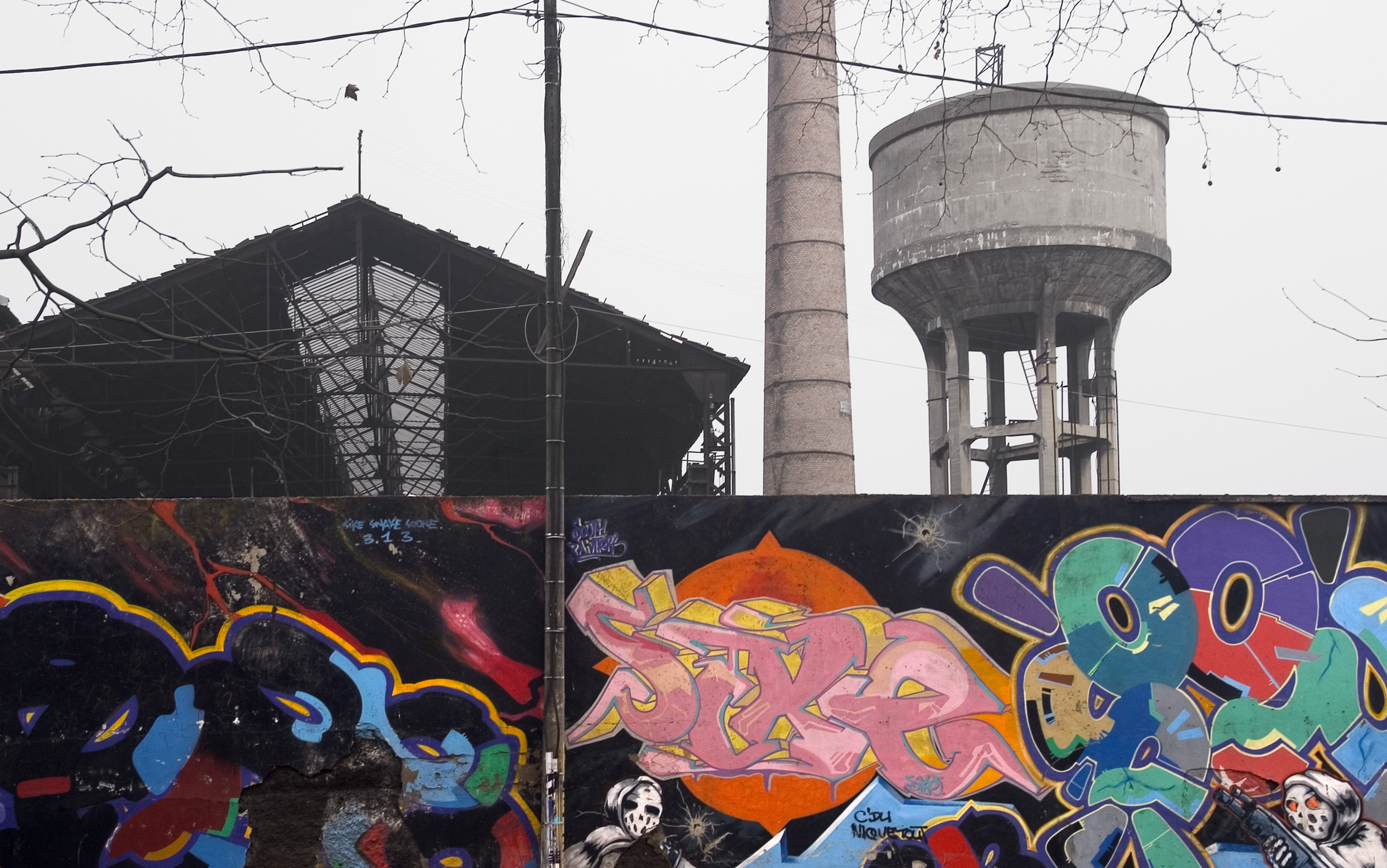
Graffiti is part of a particular setting, the city, and inside the city, the street. The street is part of the public space, opposed to the private space with particular interests. It is therefore, ideally, the inviolable space of the community, a place where difference is expressed in mutual respect. This space is protected by the law. Graffiti then constitutes a violation of this principle of common space: it constitutes a form of privatization of public space, through the expression of a name, the tag, or the imposition of a fresco, the graffiti. Behind the graffiti a singular person is hiden, who shows himself in the public space, through his signature. Graffiti is a particular form of occupation of public space. Graffiti is placed at the crossroads between city and politics. The graffiti is therefore there to remind us that the city is made up of a territory, a community, exchanges, but that it is also based on a symbolic and aesthetic project. By allowing passers-by to 'read' a city, graffiti contributes to the creation of its legend, its identity and the collective imagination of its community.
Finally, graffiti testifies to a specific culture that draws its roots from the Hip Hop. The power of the image is dominant there. With graffiti, the word becomes fresco: it takes on a truly spectacular dimension, adorns itself with bright colors, becomes more complex in its calligraphic form. The word is thus endowed with a singular and surprising pictorial dimension. This culture of the image, now dominant in cities, is the essential source of the work of graffiti artists. Their technical and artistic qualities bear witness to their creativity.
This living art with thousands of different faces has taken advantage of the formidable locomotive of the hip-hop, to invade our walls, to dress them or to deconstruct them, in harmony or in dissonance with the historical stratification of public spaces. The ephemeral nature of this dance of colors, shapes and aerosols, associated with the criminal nature of its manufacture, makes very complex its inscription in the memory of cities.
My work aims at making immortal this ephemeral urban art, at transforming its temporal scale to inscribe it in our collective memory and in the long time of urban sedimentation.
